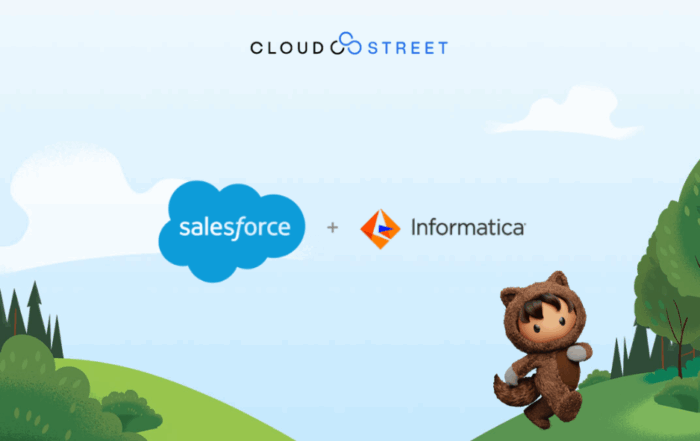Understanding Salesforce Data Cloud and Revenue Cloud

Salesforce, a leading customer relationship management (CRM) platform, has introduced significant updates to its Data Cloud and Revenue Cloud offerings. These updates are designed to enhance user experience, streamline processes, and provide advanced capabilities for businesses leveraging the Salesforce ecosystem.
Data Cloud Enhancements
The Data Cloud updates focus on empowering users to ingest, harmonize, unify, and analyze streaming and batch data. This data can then be utilized to unlock meaningful and intelligent experiences across Customer360 applications and beyond. Notable features and changes include
- Streamlined Data Cloud Setup
Salesforce has removed the need to assign the Data Cloud Admin permission set prior to accessing Data Cloud Setup, making it easier for any Salesforce user with a system admin profile on an org with a Data Cloud license to access Data Cloud Setup. - Data Ingestion and Analysis
The updates enable users to streamline sales and marketing efforts by easily exporting comprehensive intelligence on companies directly into Salesforce with the ZoomInfo Connector. This integration saves time on manual data entry and significantly reduces research time, allowing users to focus on selling and marketing more effectively with up-to-date, detailed data from ZoomInfo. - Cross-Cloud Updates
The latest round of cross-cloud features for Data Cloud further enhances its capabilities, allowing seamless data sharing in near real-time between Data Cloud and Amazon Redshift. - Monthly Feature Releases
DataCloud features and changes are released as often as monthly, ensuring that users have access to the latest solutions. Changes included in the Winter’25 release are generally listed under September.
Revenue Cloud Enhancements
The Revenue Cloud updates bring a suite of enhancements to boost efficiency and elevate user experience. Key features and improvements include
- Product Catalog Management
The Product Catalog Management now supports CSV file imports, templates for qualification decision tables, and category and product qualification elements in rule procedures. Users can now employ ramp deals for dynamic pricing and other enhancements to support informed decision-making.
- Invoice Management
The new Invoice Management feature automates and scales invoice generation, ensuring accuracy, compliance, and improved financial reporting.
- Contract Management
Salesforce Contracts have been enhanced with new features for improved efficiency and accuracy. The internal review workflow is optimized for contract authors, and the document comparison feature allows authors to identify differences between two versions of a contract.
- Salesforce Pricing and Rate Management
The updates also include improvements in Salesforce Pricing, Rate Management, and Product Configurator to support business operations and structure.
These updates collectively aim to provide Salesforce users with advanced tools and capabilities to manage their data, streamline sales and marketing efforts, and enhance revenue management processes. With a focus on user empowerment and efficiency, Salesforce continues to evolve its offerings to meet the dynamic needs of modern businesses.
In conclusion, the recent updates to Salesforce’s Data Cloud and Revenue Cloud are poised to significantly impact how businesses leverage data, manage revenue, and drive customer-centric strategies within the Salesforce platform. These enhancements represent a commitment to innovation and user-centric design, ensuring that Salesforce remains at the forefront of CRM and cloud-based solutions.
Discover insights that drive results - explore out latest blog posts now
Salesforce Data Cloud vs. Informatica Intelligent Data Management Cloud: A Comparative Analysis
Salesforce Data Cloud vs. Informatica Intelligent Data Management Cloud: [...]
Unlocking B2B Success with Salesforce Experience Cloud
Unlocking B2B Success with Salesforce Experience Cloud In today’s [...]
Future-Ready: How AI is Shaping the Mid-Market Manufacturing Landscape
Future-Ready: How AI is Shaping the Mid-Market Manufacturing Landscape [...]


